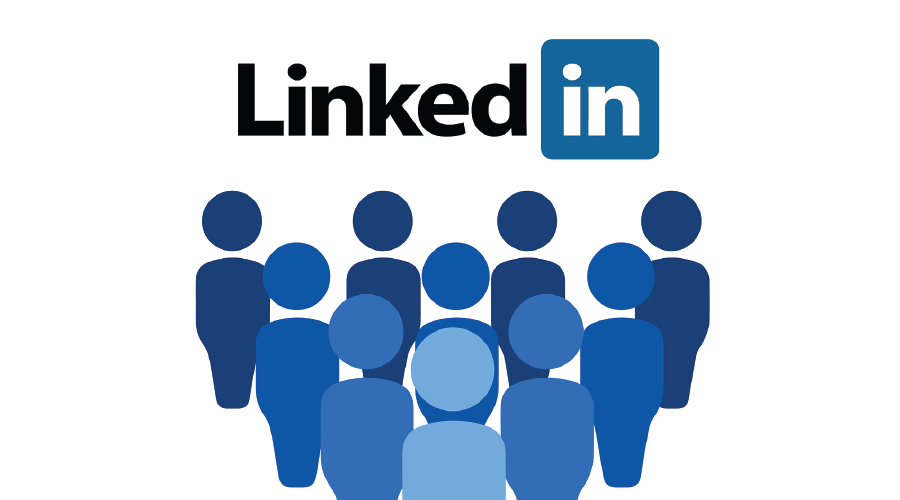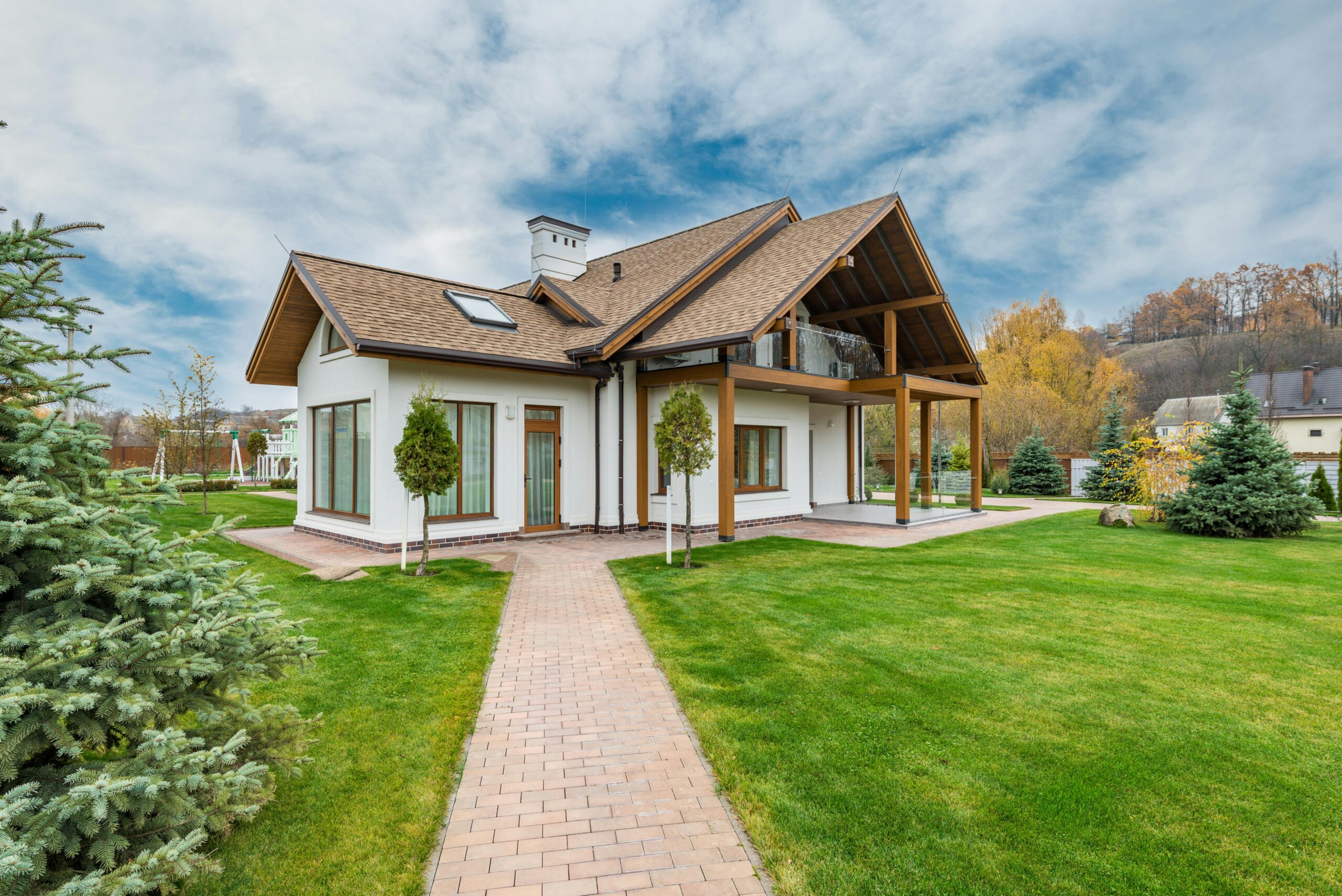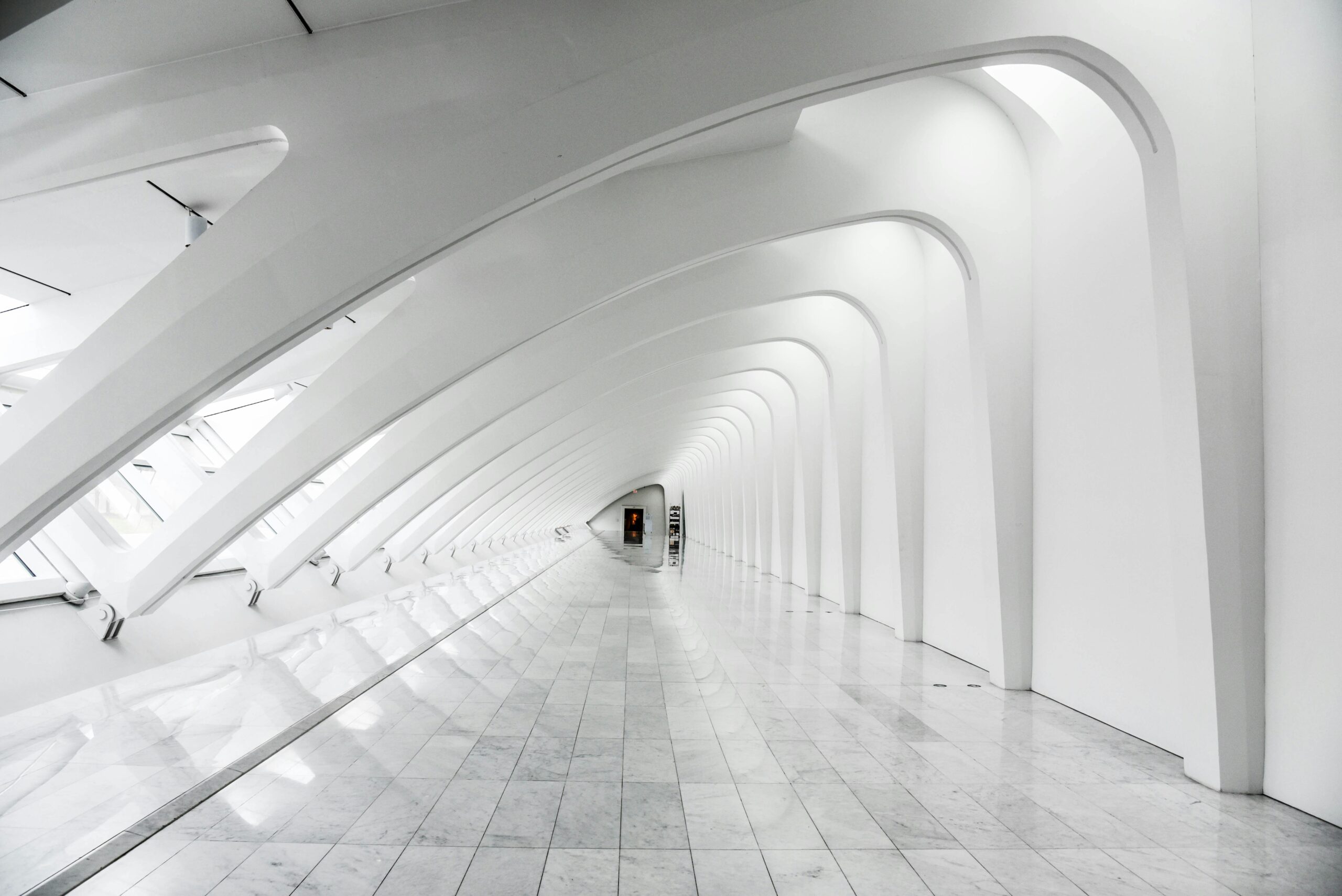Do you have an account on LinkedIn? If yes, then what are your general activities there? Have you ever imagined publishing three-dimensional videos and animation there? 3D videos on Linkedin is a very effective marketing tool for any business.
It is true that besides other activities, you can use LinkedIn to create and publish unique and amazing content like 3D videos.
These three-dimensional videos offer you versatility in terms of content creation. You can use them for various purposes, such as the demonstration of a product, explaining the videos in detail, training materials, and promotional campaigns, etc.
This versatility and flexibility lets your business tailor its messaging according to your plans and priorities. It will also serve as a helping hand to attract your target audience.
This article will shed some light on what happens after a shoot and provide ten tips you should keep in view if you are planning to publish video content to LinkedIn.
3D Video Technology

Video content has become a potent tool for branding, marketing, and communication as LinkedIn is moving past its historical emphasis on resumes and text-based updates. This change reflects a larger trend in digital content, where dynamic and interactive media formats are more important for successfully capturing the attention of users.
- Three-dimensional video is one of the latest types of media that stands out as being inventive and interactive.
- These videos are completely different from conventional two-dimensional videos because you can enjoy a deep experience that can enhance and prolong the duration of your viewing of information.
- Due to this technology, professionals and businesses on LinkedIn have a unique opportunity to stand out with their messaging, demonstrate their knowledge, and establish a deeper connection with their audience.
- Three-dimensional films may revolutionize the way professionals communicate and tell their stories, whether they are for marketing, networking, or personal branding. They can also make difficult concepts more approachable and captivating.
- 3D videos that are not only technologically impressive but also tailored to the professional environment of LinkedIn. It will cover the essentials that you use for the production of three-dimensional videos.
Planning Your 3D Video Content
When you are going to create three-dimensional video content for LinkedIn, the planning phase is your road map for success. This is where you lay the groundwork for a video that will amaze you on the first look and will also effectively fit your goals. Let’s unpack this interesting stage together. Are you ready?
Define Your Objectives
First up, define your objectives. Ask yourself, “What do I want to achieve with my 3D video?” Your answer could range from boosting the visibility of your brand, engaging your audience on a deeper level, and educating viewers about your products or services to expanding your professional network.
Identifying your primary goal early on guides every decision you make thereafter, from the tone of the video to its call to action.
Identify Your Audience
Next, let’s move on to finding out your audience on LinkedIn. LinkedIn isn’t just any social platform; it’s a professional networking site where the consumption of content is purpose-driven.
Who are you speaking to? Industry peers, potential clients, or maybe job seekers? It is easier to adapt the three-dimensional material of your video to the interests of your audience, their difficulties, and the goals for their careers.
It is possible only if you are aware of their cultural and psychographic traits. This connection guarantees that your message successfully engages and resonates.
Here’s where the magic of 3D technology comes into play.
- A well-told story can captivate and leave a lasting impression, but when you add the immersive experience of 3D, you elevate that story to an entirely new level.
- Think about how 3D can enhance your narrative.
It could be a virtual tour of your facilities, a dynamic presentation of your product’s features, or a creative depiction of your service’s impact.
10 Tips for Creating 3D Videos for LinkedIn

Here are a few tactics that can help you to create unique and immersive three-dimensional videos and upload them on LinkedIn.
1. Upload Natively
You must first upload the video to a blog post on your website before posting the link to share it on LinkedIn. While this is a positive thing because it will increase traffic to your website, most users won’t want to leave LinkedIn to view your video. It may severely reduce your viewership, which would be detrimental.
As another alternative method, you can upload the URL of your video after publishing it on Vimeo or YouTube. The video will probably play by using this method on the LinkedIn stream, but there is a downside as well.
The code (or equation) that determines what you view as you browse through your feed on LinkedIn is known as the algorithm. The videos that are posted natively are given more precedence.
Native video is a video that is uploaded directly to LinkedIn. Native video on LinkedIn is a rather new feature, changes frequently, and doesn’t yet have all the features of a more mature platform like Facebook.
2. Control Your First Frame
One of the features that are lacking from the uploads of native videos on LinkedIn is the ability to set your own video thumbnail, which is the still image that shows up while your video loads (or in instances where it doesn’t autoplay).
You can expect that LinkedIn can add this feature in the future, but for now, the thumbnail is the first frame of your video. So, it is a wise suggestion to either make sure you look the way you want right when you turn on your camera or use post-production to find a great frame.
Some experts usually takes a photo while shooting and then adds some titles to it in Photoshop. After that, they add this image to the first three frames of their video.
The first frame is extremely important if you want people to click on it, even the most popular YouTube star Mr. Beast has mentioned this in various videos explaining why his videos are so successful and constantly get over 100 million views.
3. Plan for No Audio
The majority of the users of LinkedIn content browse through feeds on their phones while in public. Because of this, LinkedIn forces you to unmute your video if you wish to hear audio by default. If you are speaking in your video, you should think about including captions so that those who are deaf or hard of hearing can follow along.
Most people consume LinkedIn content on their phones, scrolling through feeds and often in public places. For this reason, video is usually muted by default, and LinkedIn requires users to unmute if they want to hear audio. If you’re talking in your video… strongly consider using captions so that people without audio can read what you’re saying.
Captions have great value, and you must struggle with them, but they also throw a huge wrench in your desire for a very lean production. If you average one hour per video, adding accurate captions can double that time. You can use caption services like a plugin for Adobe Premiere, also called Transcriptive.
4. Square Videos
You can face a problem with subtitles that might be quite tiny when they appear on a LinkedIn feed and cover your video. Some experts have been experimenting with aspect ratios lately for certain of their video material. Conventional video is 1920×1080 pixels widescreen HD (or occasionally a greater 4K scale of this same 16:9 ratio) since it is intended to be seen on a computer screen or TV.
People frequently browse vertically on LinkedIn as they find there a use that is similar to Instagram. Therefore, if you wish to maximize the vertical screen area, a square movie would make sense. Unfortunately, square videos are much harder to syndicate and use on other platforms.
You can also experiment with editing a video in the traditional 16:9 aspect ratio and then embed that timeline into a square 1080×1080 pixel timeline. After that, drop your subtitles in the area below the video and create an engaging title to go above the video. That way, you can still use the video in a more traditional format if you want to later on.
5. Consider Length
The length of your video is important no matter where you publish it, and a shorter video is usually better. You should not get really hung up on a set length, though, and focus more on ensuring that the content is great.
However, if you are uploading natively to LinkedIn, know that the maximum video length is currently 10 minutes. If your video gets too long for LinkedIn, then publish it to Vimeo, add that video to your blog, and post that link to your LinkedIn feed.
Then, record a short teaser video about the title of your content so you will have media and can upload it natively.
6. Leverage the Description
Unlike other platforms, the description of the text for your post shows up before your video on LinkedIn. Take advantage of this opportunity to provide some context around your content. Use the @ symbol to mention people and brands.
It would be very effective to use some hashtags. Remember that after three lines, you have to hit the ‘See more’ button to view any additional copy, so front load your description with the most important elements.
There is a concept that putting a link in your description isn’t favorable to the LinkedIn algorithm, but this is not completely true. The top content creators on Linkedin include their entire video transcript in the description. Others barely include a sentence. It is wise to experiment here with what works for you.
7. Hashtags for Organization
It is already mentioned that hashtags should be used in the description of your post, but they serve a unique purpose on LinkedIn.
Since there is no repository of video content (at least not yet), it can become difficult to find your video posts if you post often and want to pull one back up in the future. It would be helpful for you to create a unique hashtag for your content.
For example, start adding #bosworkspaces, #architecturaldesign, #3dvideo and #greatworkseries to much of your content. Use the hashtag that ties into your core brand channel. If you add the hashtag that is only used, when you click it, you will get the results of all of your videos and those who would have shared your videos!
8. Engage
There are more ways for users to interact with your video content on LinkedIn besides sharing it. They may follow you, engage with you, and like or comment on your material. You should interact not just with other people’s stuff but also with your own!
If someone leaves a remark on your video, be sure to like it and respond! Increased involvement will make it more likely that someone will see your material in their feed, especially soon after you submit it.
After you upload the video, some LinkedIn content creators advise asking a question of possible viewers in a remark. However, it is not 100% sure that it has an effect.
9. Check Your Analytics
The whole reason for posting 3D content to LinkedIn is because of the professional user base. LinkedIn video analytics don’t include everything you would like to see, but what they do show you is very useful. You can see which companies, which positions, and which geographies are viewing your content. You would love to know that you are reaching your target demographics, prospects, vendor partners, and customers.
10. Syndicate
Let’s finally admit that creating videos requires time. There is plenty to learn! Don’t limit yourself to sharing your excellent videos on LinkedIn. Share it on other platforms. 2024 is the year when there are various attempts to improve this.
Hopefully, these pointers were useful to you. For the successful creation and uploading of 3D videos, make sure to apply these tips practically. Enjoy an excellent week with new experiences!
Conclusion
As technology continues to evolve, we can expect even more exciting developments in the field of 3D animation and video production for businesses.
3D video can help you to capture the attention of your audience and get much more engagement. 3D video is a perfect way to show your new products, real estate projects and so much more.
Nowadays a lot of interactive and exciting commercials are already made with 3D as it helps to get the ultimate flexibility and create anything you want.
Once you have your own 3D video, use it wisely, use our top 10 tips to get more clients for your business.
FAQs
Q1. Can you include video in the LinkedIn article?
Yes, of course, you can do it. When you are writing articles on LinkedIn, you are free to use images, videos, and other rich media there. You can add images from Instagram and tweets in the body of your article. However, it is not currently possible to insert tables.
Q2. What are the rules for LinkedIn articles?
There are some specific rules for writing on LinkedIn that you have to abide by. Always remember to be professional and avoid posting anything that can mislead anyone. You could face unpleasant consequences if you post fraudulent, obscene, threatening, hateful, defamatory, discriminatory, or illegal content.







